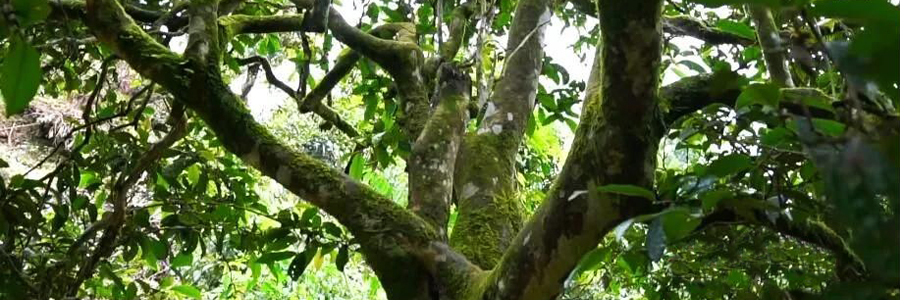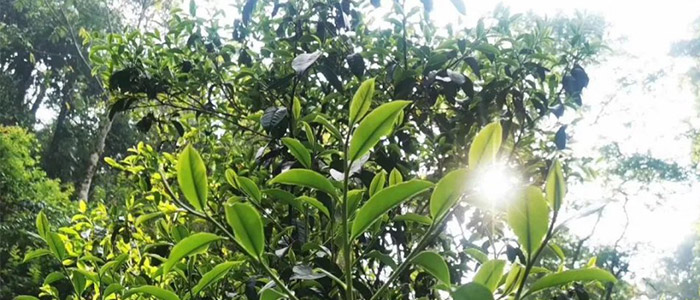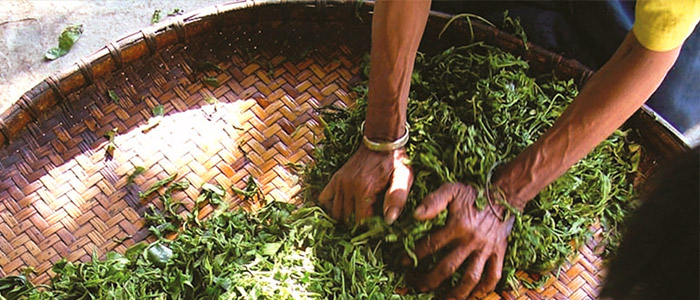Recomended Reading List
The Puer Tea Market in 2020 (Part 1)
< Return
Under the current situation, we are generally having a difficult time when it comes to consumption and production. Some said that the Puer Tea market is facing stagnant growth, while others opined that the momentum is strong.
With the production of this year’s Puer spring tea having been completed, how would the market fare in 2020? How would the quality and the pricing be impacted?
A smaller output with steadied market price
According to sources, the Mengla tea region experienced a spring with below-normal precipitation; the Menghai region also saw less rainfall, leading to delayed sprouting with yield reduced by 30% -70% compared with last year. Local Puer tea gardens were not affected much; Lincang reported a certain amount of rain. Overall output and quality are comparable to that of last year, and the price is about the same.

The impact of dryness on the quality of tea needs to be assessed alongside the micro-climate of the area, specifically, the conditions of the soil, topography and its own ecosystem. Although the Xishuangbanna tea region had less rainfall, the intrinsic ecological environment of the tea plantation has helped significantly, given its good micro-climatic conditions. If there is enough moisture to promote germination of the new shoots of tea trees, the quality could even be better than the previous year. Having said that, tea plantations with poor ecological conditions, hence low retention rate of nutrients and water, will see their yield affected. It is worth mentioning that on 25th April, some parts in the Mengla region recorded some rainfall, which alleviated the impact of the drought. Given some sunny weather, the quality could be good; if it is mostly rainy, the tealeaves will tend to be astringent or taste watery. As such, it pays to judge the tealeaves rather than listening to the so-called market wisdom, such as “lower rainfall, better quality”.
Spring tea limited in quantity but consistent in quality
Affected by the pandemic, the tea mountains are a much quieter place this year; there are no vehicle queues and large crowds in sight -- something positive for the ancient tea trees’ recuperation and protection. The prolonged dry weather did have an impact on the spring tea’s yield and flavour; however, the sweetness and aroma are enhanced, and superior to the teas released in the previous year.
For farmers who sell their own teas, pricing predominantly depends on quality. Prices typically go up and down within a reasonable range based on demand and supply. Exquisite teas with incredibly high prices are an entirely different category -- they are not sold through conventional channels, but rather handled by tea traders.

This year, the livelihood of tea farmers is affected by the pandemic. Lacking distribution channels outside of the local tea regions, they have to rely on visitors and tea traders. Sales are sluggish. It is hoped that the situation will change for the better next year.
Note: The information, which comes from the Internet, is posted here for the sole purpose of sharing. Should the material involved copyright, please inform us to have the content removed.